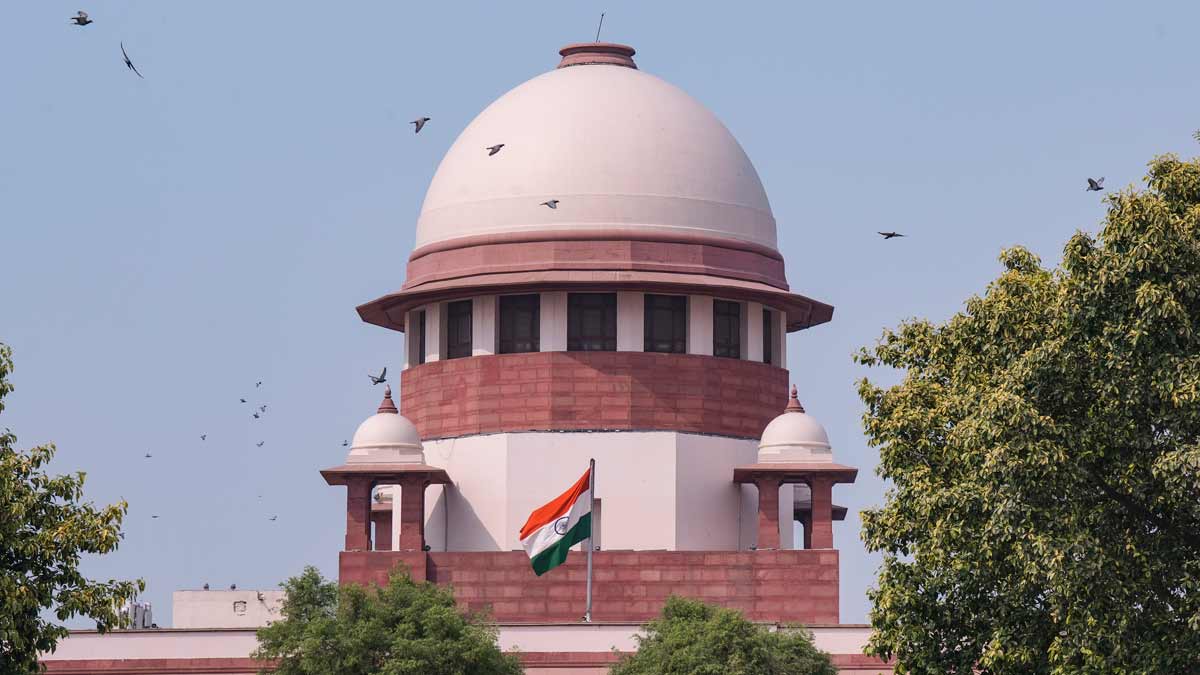 |
|
The Supreme Court's recent decision to set aside its 2017 order upholding the death sentence of Vasanta Sampat Dupare, convicted for the rape and murder of a four-year-old girl, and to direct a fresh hearing on his punishment, marks a significant development in Indian jurisprudence concerning capital punishment. This intervention highlights the evolving constitutional understanding of the death penalty and the paramount importance of ensuring procedural fairness throughout the sentencing process. The decision, delivered by a three-judge bench comprising Justices Vikram Nath, Sanjay Karol, and Sandeep Mehta, was prompted by an Article 32 petition filed by Dupare, who argued that his sentencing failed to adhere to the principles established in the 2022 judgment of Manoj vs State of Madhya Pradesh. The Manoj judgment mandated courts to conduct a thorough evaluation of mitigating factors, including the convict’s socio-economic background, mental health, and the potential for reform, before imposing the death penalty. By granting Dupare’s petition, the Supreme Court has not only acknowledged the retrospective applicability of the Manoj ruling but has also affirmed the power of Article 32 to revisit sentencing in death penalty cases where its own procedural safeguards have been disregarded. The court emphasized that the death penalty, recognized as the rarest of rare punishments, cannot be imposed mechanically without adequately considering the convict’s life circumstances. The Manoj case established a more structured sentencing framework, requiring trial courts and High Courts to obtain comprehensive psychological, psychiatric, and social evaluation reports of the convict before imposing a death sentence. The original Dupare case in 2017 predated these safeguards. The Court held that the omission of these vital assessments warranted reopening the matter under Article 32, notwithstanding the fact that his conviction and sentence had already achieved finality. The Court emphasized that reopening would be reserved for cases with breaches of new procedural safeguards so serious that, uncorrected, they would undermine the accused's basic right to life.
The ruling significantly broadens the remedial scope of Article 32 in death penalty cases. Traditionally, after the Supreme Court affirmed a death sentence, the convict's options were limited to mercy petitions before the President or Governor. Judicial review scope was narrow. Recognizing Article 32's power to reassess sentencing given evolving constitutional standards gives death row prisoners a new lifeline. This shifts focus from finality of judgments to primacy of protecting fundamental rights, especially Article 21's guarantee of life and personal liberty. This judgment has far-reaching implications. First, it strengthens procedural protections for those facing capital punishment, reinforcing the judiciary’s duty to ensure fairness at every stage. Sentencing, often seen as the weaker link in death penalty trials, will now be scrutinized more closely. Second, it raises questions about the retrospective application of procedural safeguards. If Dupare’s sentence can be reopened, could other convicts sentenced before 2022 also seek relief? The Court has opened this possibility, potentially triggering many petitions from death row inmates whose mitigating circumstances were not adequately considered. The decision also highlights the tension between judicial finality and fairness. Supreme Court rulings are generally binding and conclusive. Reopening a six-year-old judgment risks undermining that finality. Yet, as the bench noted, when life itself is at stake, fairness must prevail over closure. This balancing act is evident in the Court’s cautionary language: it does not want every convict to misuse Article 32, but it recognizes that ignoring new safeguards would “undermine the accused’s basic rights to life.”
The Supreme Court's decision to revisit Dupare's death sentence underscores a profound shift in the interpretation and application of constitutional safeguards within the Indian legal system. This shift prioritizes individual rights, particularly the right to life and personal liberty enshrined in Article 21, over the principle of judicial finality, especially in cases involving the death penalty. The court's emphasis on procedural fairness and the thorough evaluation of mitigating circumstances reflects a growing global trend toward humanizing the criminal justice system and ensuring that the most severe punishments are imposed only after due consideration of all relevant factors. The retrospective application of the Manoj judgment signals a commitment to rectifying past injustices and ensuring that all individuals facing the death penalty receive the benefit of evolving legal standards and procedural protections. While the decision may open the door for other death row inmates to seek relief based on similar grounds, it also reinforces the judiciary's role as a guardian of fundamental rights and a protector of the vulnerable. The Supreme Court's ruling in the Dupare case is not merely a legal technicality but a testament to the evolving constitutional consciousness of India's judiciary. It affirms the judiciary's commitment to upholding the values of justice, fairness, and human dignity, even in the face of heinous crimes and overwhelming public sentiment. This decision serves as a beacon of hope for those facing the ultimate punishment and a reminder that the pursuit of justice must never come at the expense of fundamental rights. The court's willingness to revisit its own prior judgments demonstrates a commendable commitment to self-correction and continuous improvement in the administration of justice.
